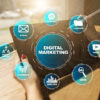
Why Should You Use Long-Tail Keywords in SEO?
Standalone broad keywords are already a thing of the past. As Google continues to focus on user experience and intent—not to mention the rise of conversational searches and voice searches—there’s a constant need to adjust and adapt to effective digital marketing practices, specifically the use of long-tail SEO strategies, to ensure that you appear and rank in relevant searches.
As a digital marketing agency in the Philippines, we have been utilizing long-tail keywords as part of our digital marketing strategy. It works wonders, probably even more so than ever. It can direct high-intent search traffic to your site, generate more leads, and ultimately drive more sales when used correctly.
What Are Long-Tail Keywords?
Long-tail keywords are keyphrases—usually three or more words long—are specific and more focused on a niche than broad keywords. They have lower search volume and get less traffic, but they are more likely to have higher conversion rates because they are precise.
A user’s buying journey usually starts with a basic search, but as they get closer to solving their pain points, their searches become more specific. This is why ranking for long-tail keywords matters—to appear in searches when potential customers are closer to a point-of-purchase. The following figures show how necessary it is to include long-tail keywords in your SEO strategies.
- According to the research by HitTail, long-tail keywords account for as much as 70% of all search traffic.
- Pages optimized for long-tail keywords move up 11 positions on average in search engine results vs 5 positions for short-tail keywords.
- It has conversion rates that are 2.5x higher than for short-tail keywords
The Benefits of Long-Tail Keywords
Imagine what you can do if you appear in high-intent searches—the users discovering your site are more likely to buy your products and services, and there’s more to why you should target these long-tail keywords.
1. Lower Competition
In SEO, there’s a relatively lower competition with long-tail keywords than head terms, making them easier to rank for. For example, the short-tail keyword “coffee shop” has over 2.9 billion results in Google. It means if you want to rank first in Google for that keywords, you have to outrank almost 3 billion other sites.
But, when you look at a relevant, more specific, long-tail phrase like “minimalist coffee shop in Quezon City,” there is a lot less competition. In terms of pay-per-click ads, long tails can be cheaper to bid on than popular head terms.
2. Better Conversion Rate
Users searching for long-tail keywords are often already further along in the buyer journey compared to those searching for head terms. For example, someone searching for “link building” is probably trying to learn what it is or how it works. But, a user searching for a relevant long-tail phrase like “link building services in the Philippines” is much closer to getting in touch with a digital marketing agency.
The bottom line is that although the traffic you get from long-tail keywords is low, they always have a better conversion rate.
3. Cost-Effective Advertising
As mentioned above, long-tail keywords have lower search volume and competition. They are cheaper to target, yet they give you a higher probability of conversion, making them as valuable in paid search marketing campaigns as they are in ranking in organic searches.
How to Use Long-Tail Keywords
Now that the importance of long-tail keywords is established, how do you start? There are several ways to build a running list of keywords you can use to generate traffic and conversions throughout your site. You can follow some of the principles below to get started.
• Google’s Related Searches
Type in a broad keyword that you want to rank for and scroll to the bottom of Google’s search engine results pages (SERPs), where there’s the Related Searches section. It’s a gold mine for long-tail keyword research where you can get an idea of what people are searching for.
• Google Autocomplete
You’ll notice Google autocomplete in action every time you enter a query, and using it as a keyword research tool isn’t any different. Start typing a keyword into the search bar. Google will then automatically pop up a list of suggestions for phrases users search for when they enter the same keywords you are using.
• Keyword Research Tools
Several keyword research tools can help you find new keyword ideas: Soovle, Jaaxy, KeywordTool.io, etc. Google Keyword Planner is the search engine’s free tool that lets you research keywords you can use in your ad campaigns. It also gives you valuable insights, such as suggested bid estimates for keywords so you can set your ad budget.
Conclusion
Long-tail keywords are an essential part of any digital marketing strategy. Successfully integrating these keywords into your efforts will allow you to translate search intent to website traffic and give your visitors a seamless experience.
Depending on your business, the topics your site covers, and how many pages you have, you’ll want to build a running list of effective keywords that you can use throughout your site. Monitor the success of each keyword relative to the traffic and engagement you’re getting, and make adjustments where necessary.
Ready to get started? Get in touch with us at Createmoto to learn more about how long-tail keywords can deliver significant results to your business.


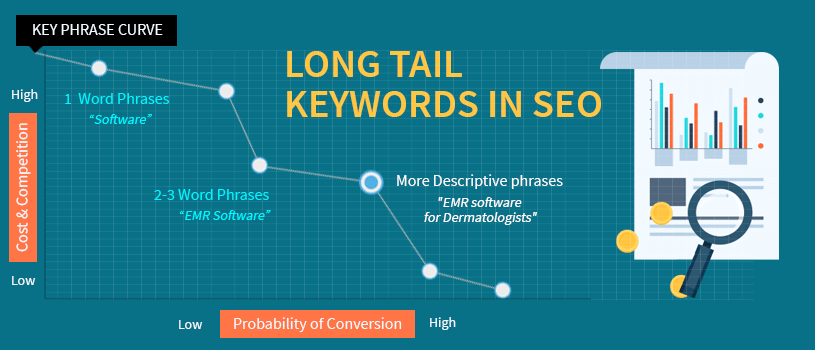


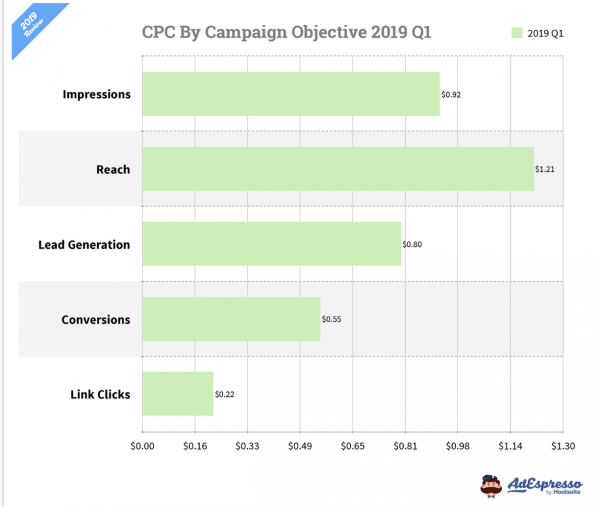
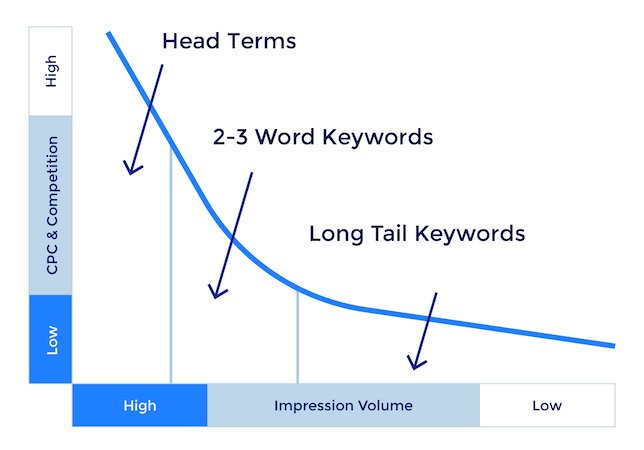



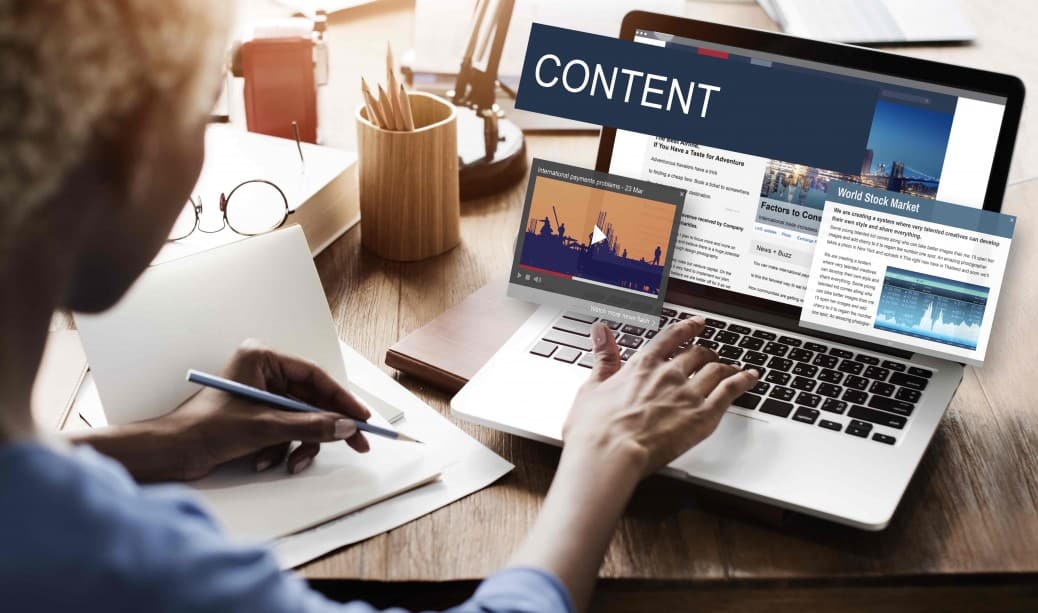
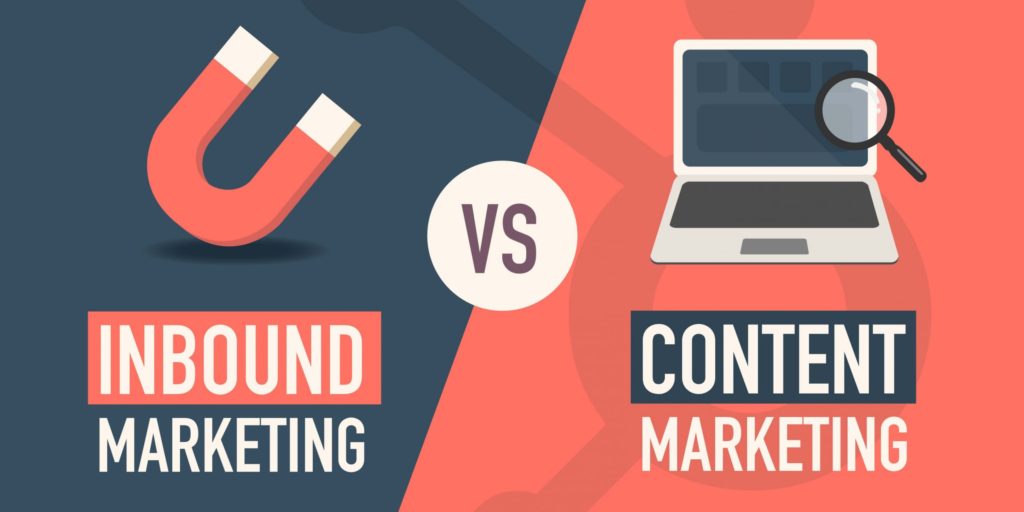






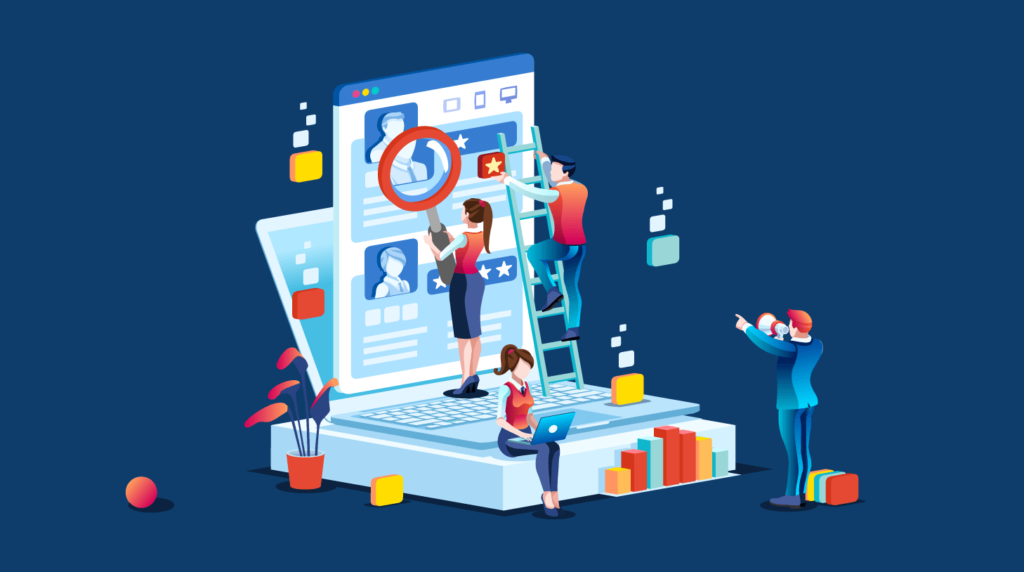

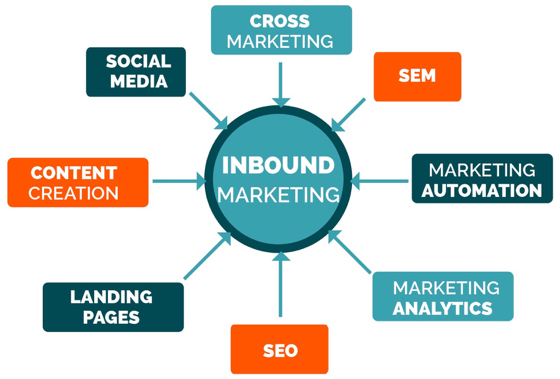
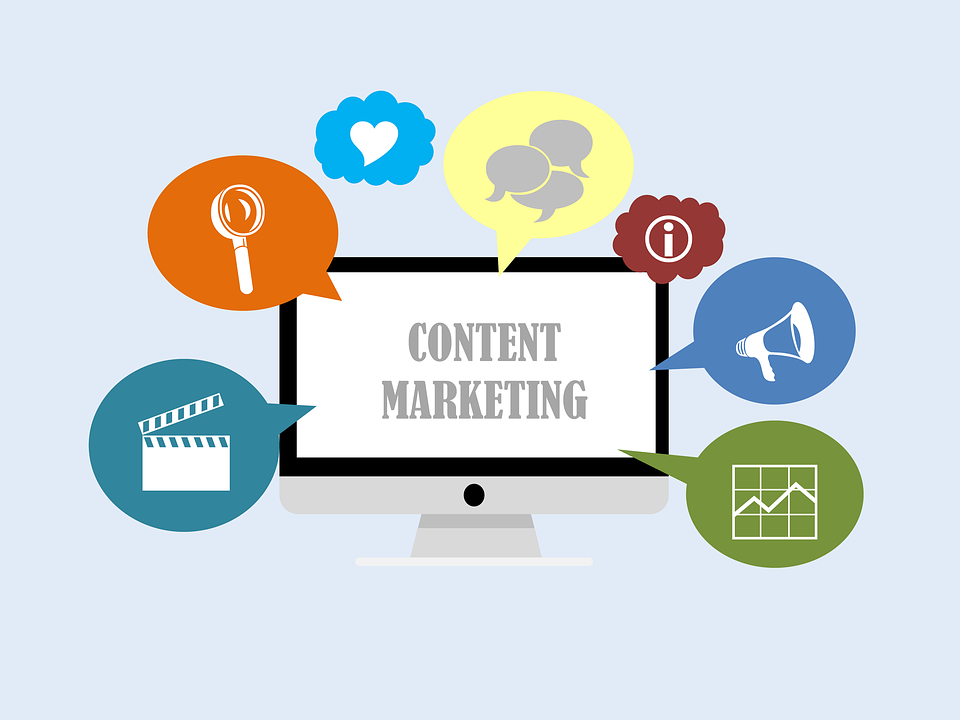
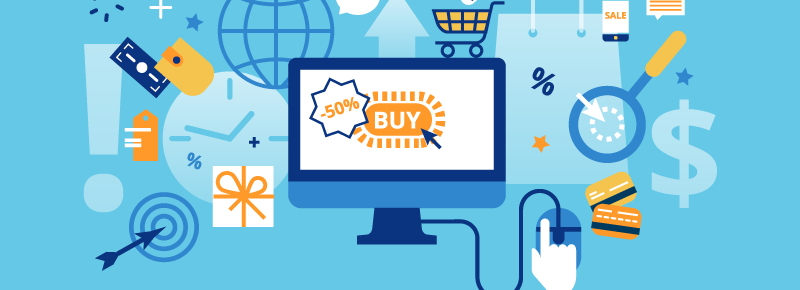








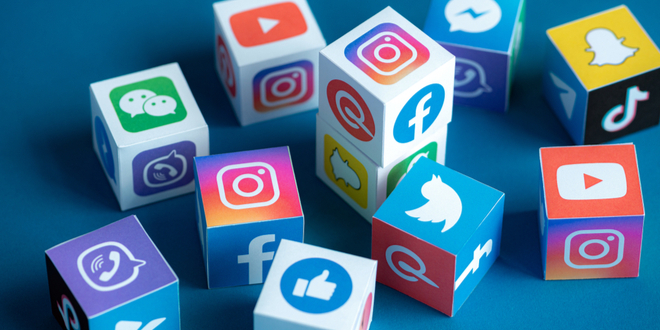


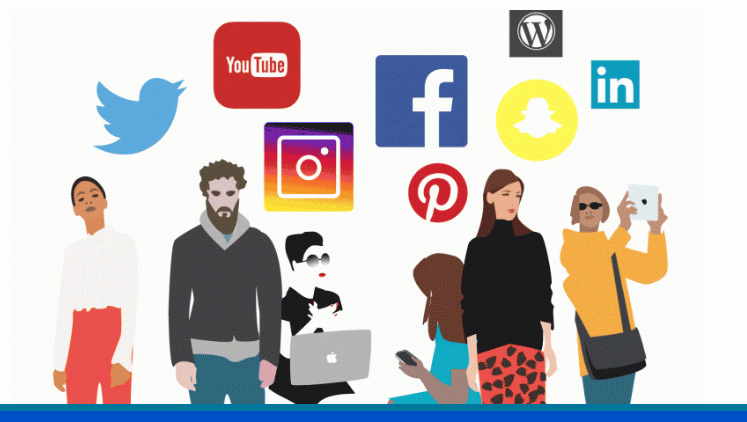

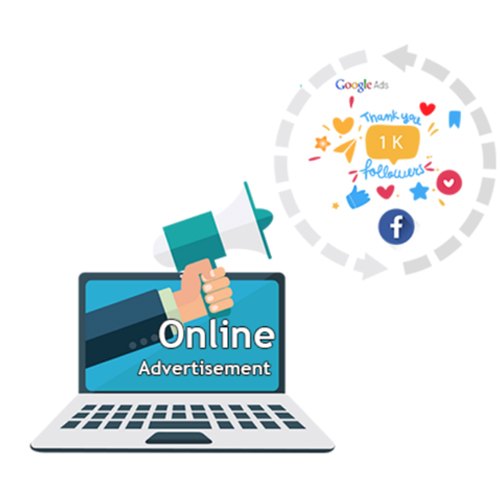



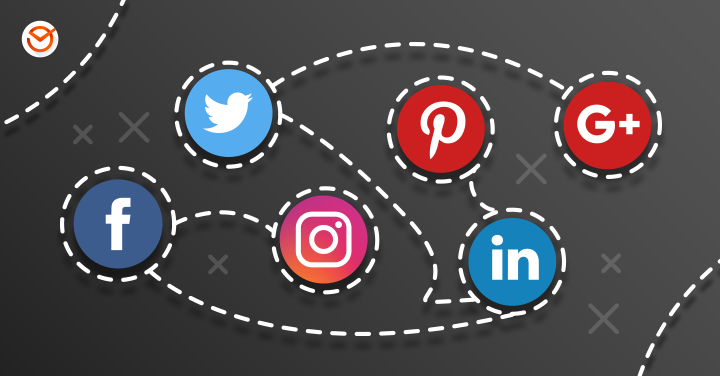




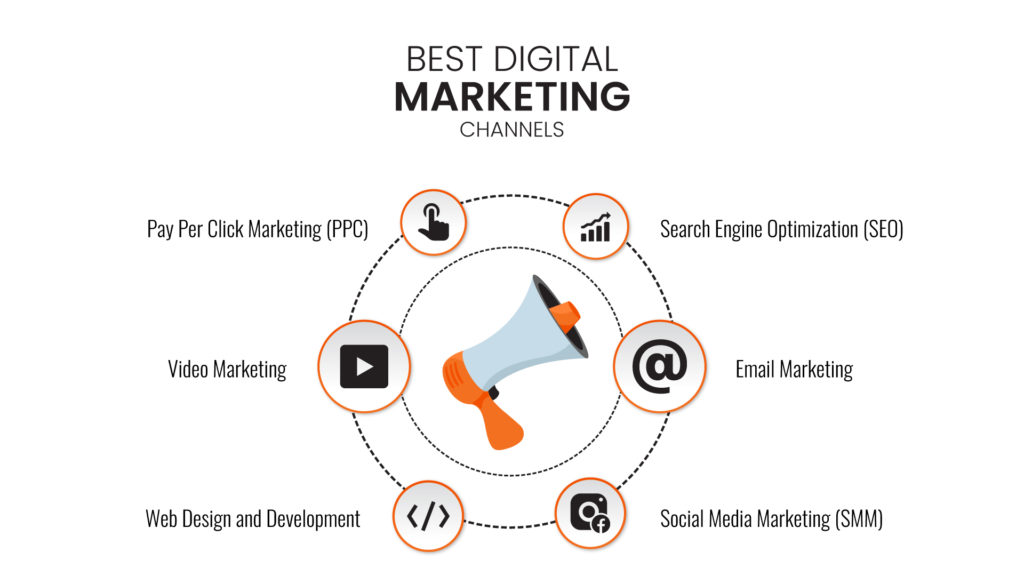






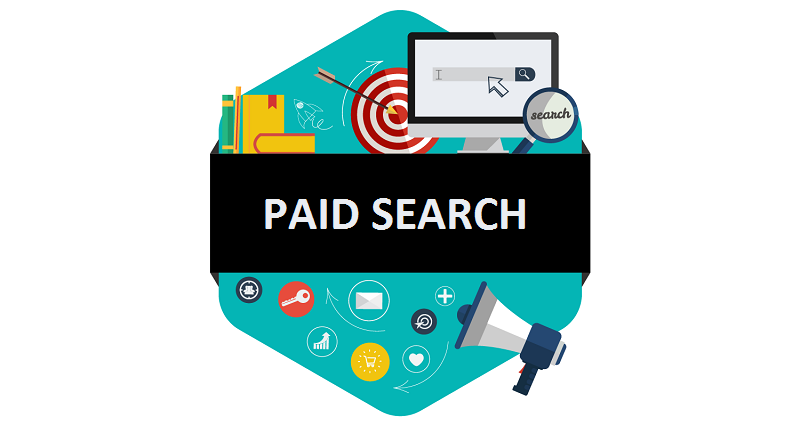
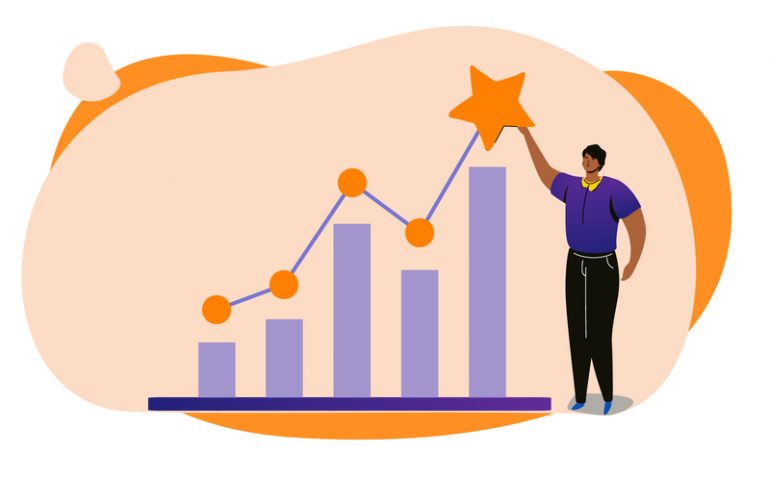



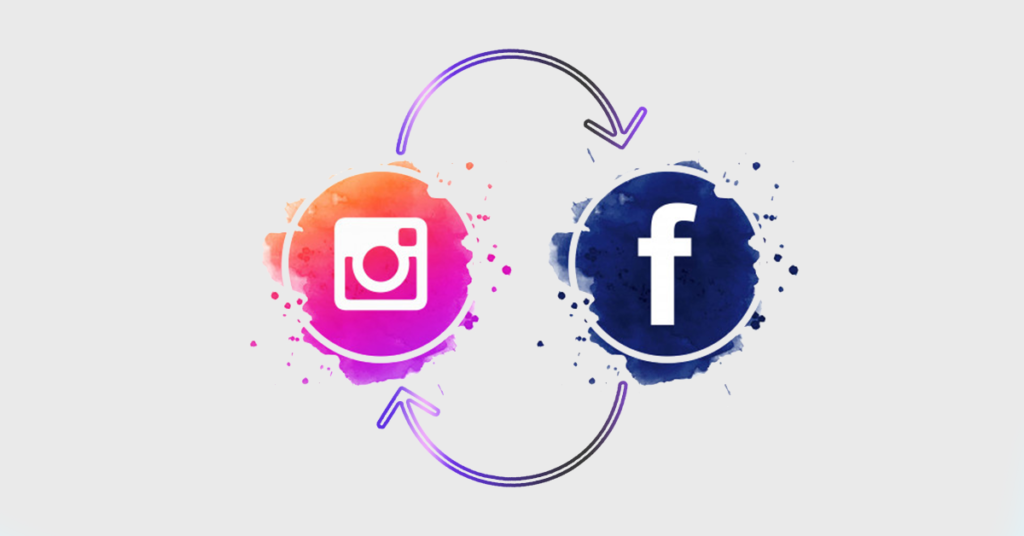







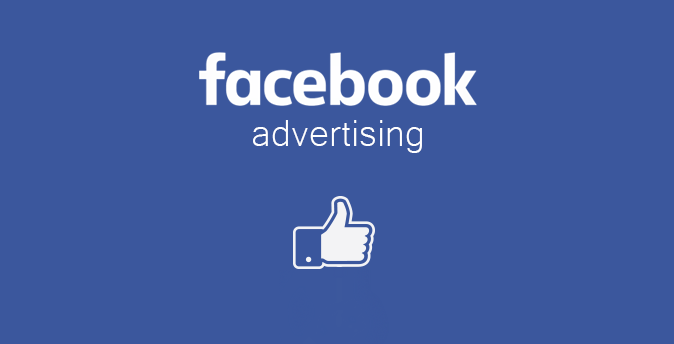

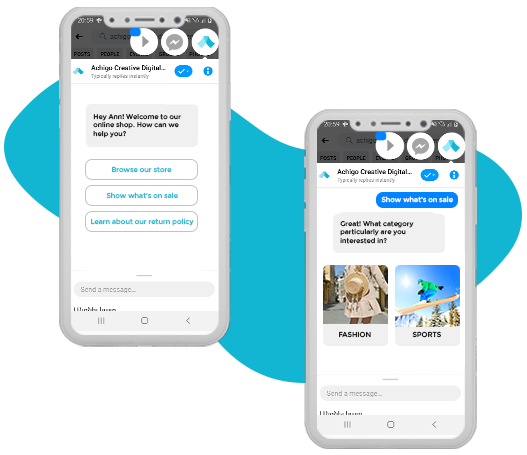
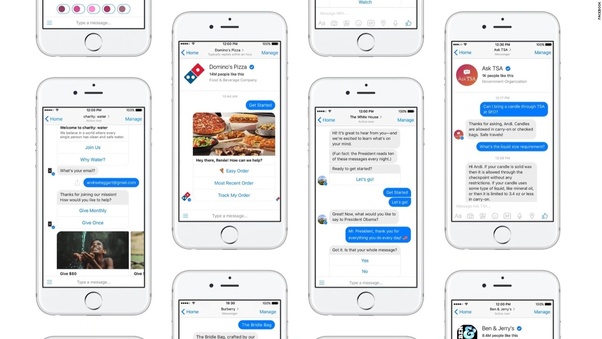

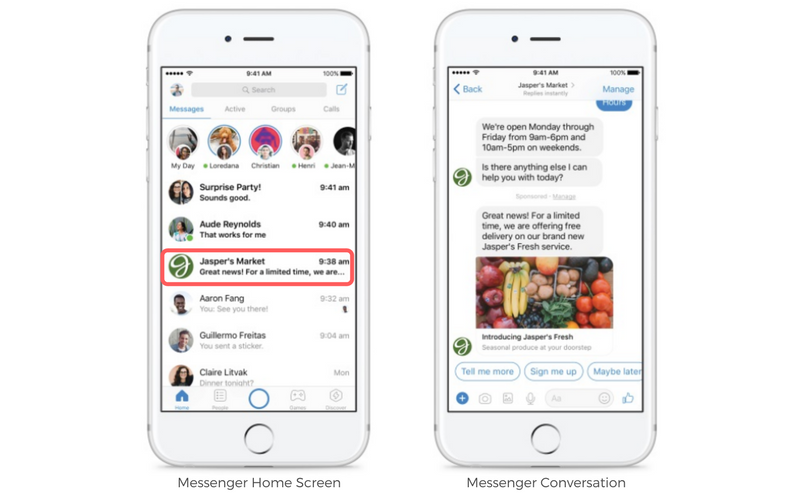
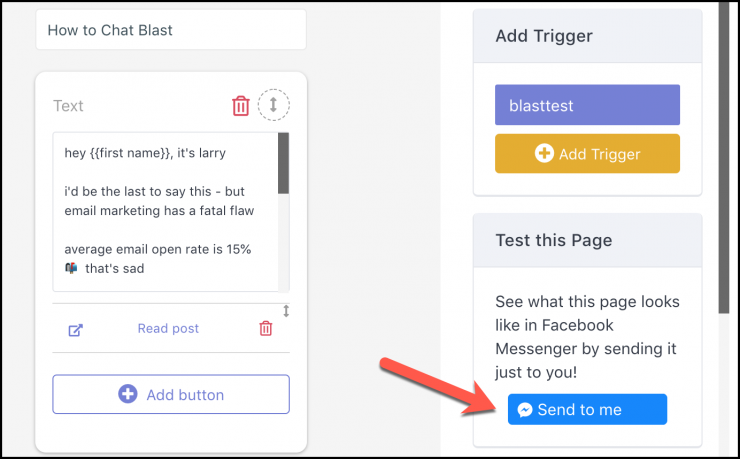
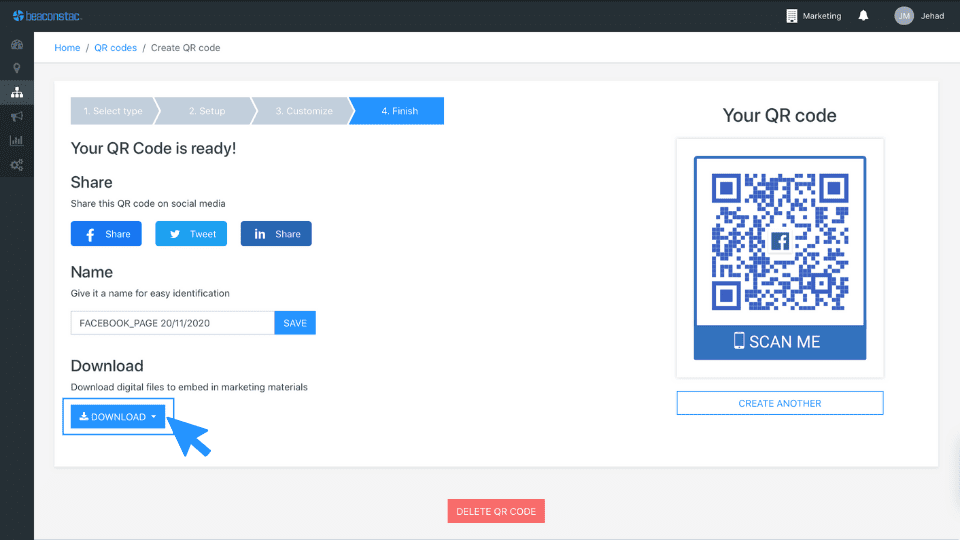
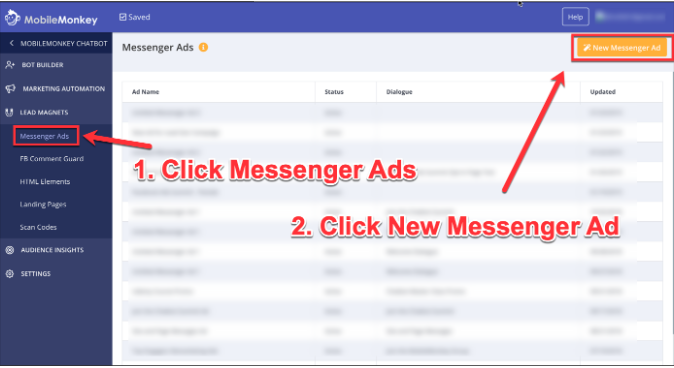







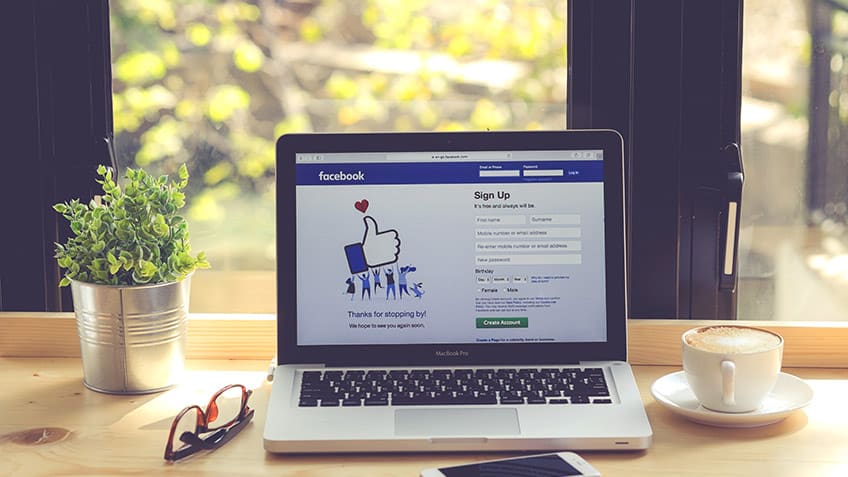
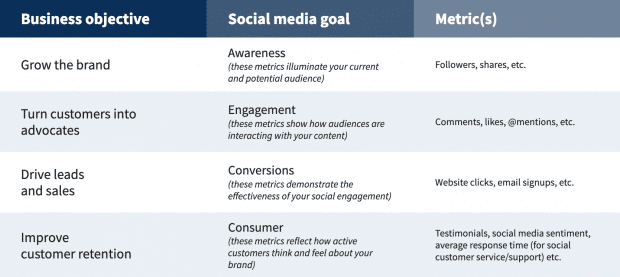
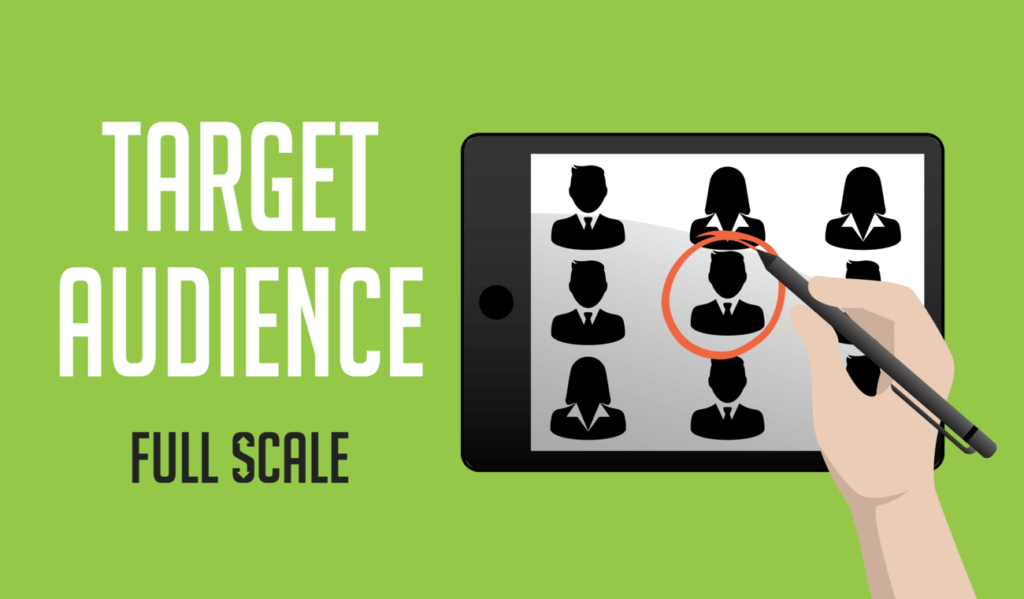


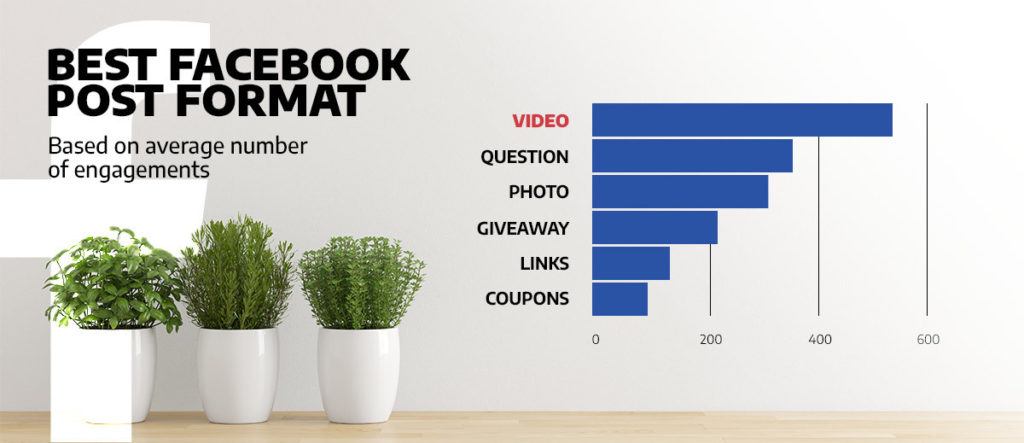


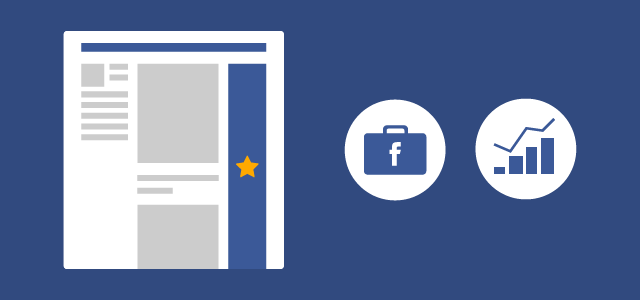



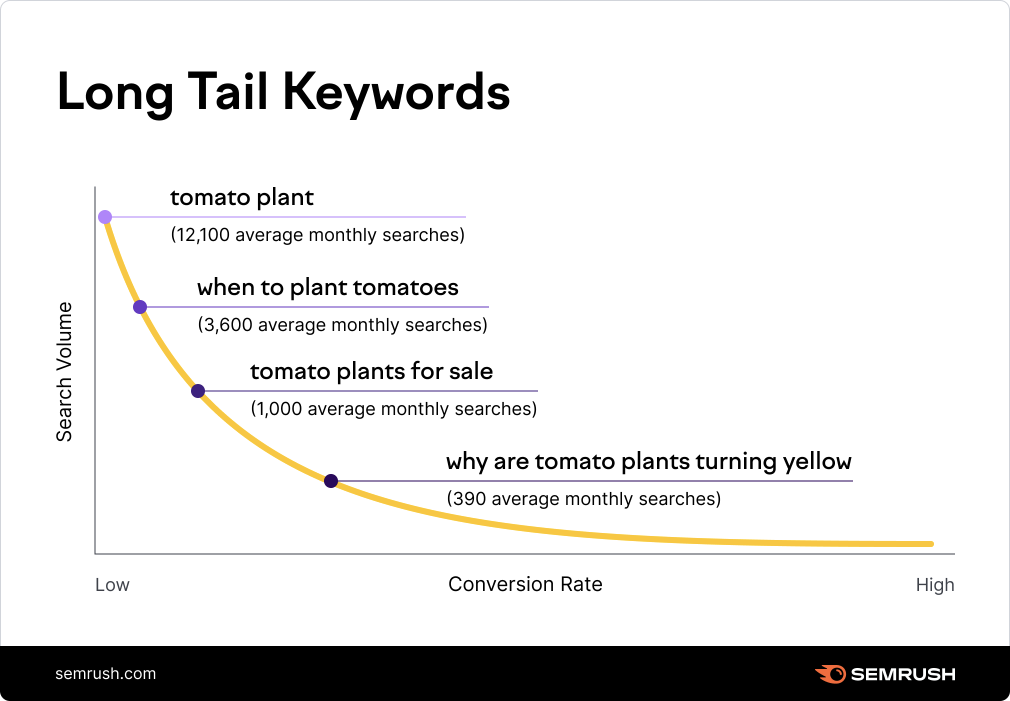
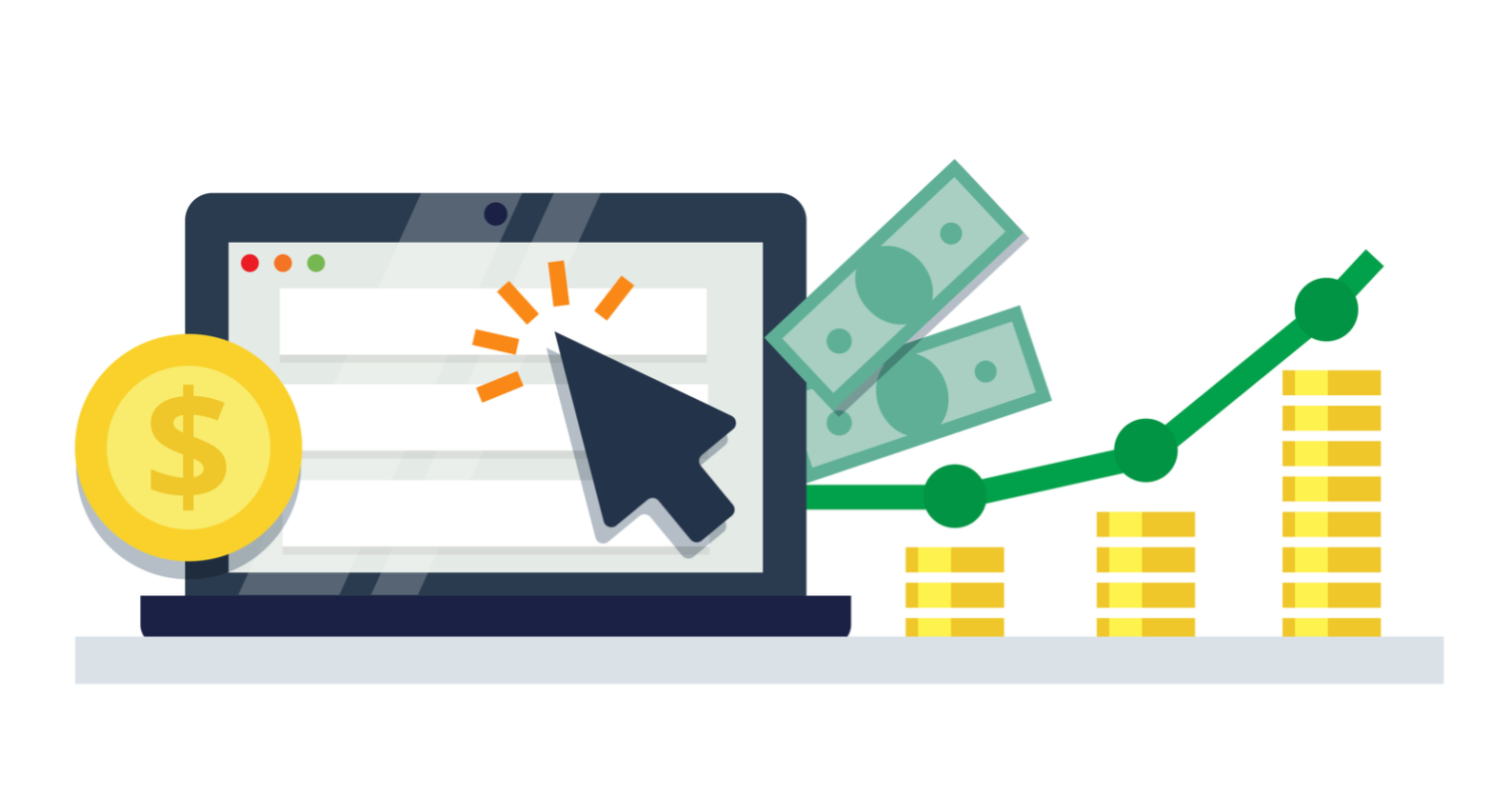

 The success of your PPC campaign is not a matter of how good you manage it but how engaging, informative, and compelling your ad copy is. Optimize your ad copy by doing the following tips:
The success of your PPC campaign is not a matter of how good you manage it but how engaging, informative, and compelling your ad copy is. Optimize your ad copy by doing the following tips:
